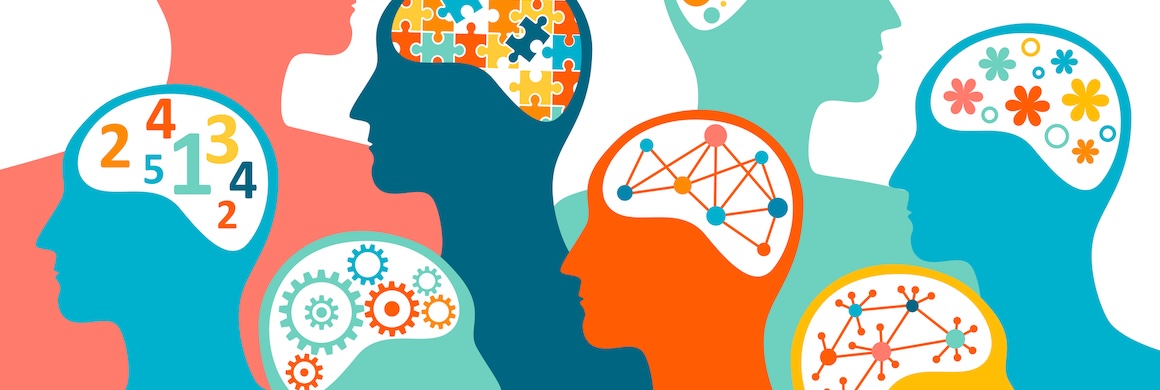REACH OUT when you notice significant changes in behaviour, mood or appearance that last MORE THAN TWO WEEKS.
Consider whether the changes you have noticed are due to a MENTAL HEALTH issue, remembering that mental health SYMPTOMS WILL DIFFER between individuals.
INTERVENE AS EARLY AS POSSIBLE.
Opening up a mental health conversation with a colleague you are worried about can be vital in encouraging help-seeking and early intervention. Given that suicide is the leading cause of death for Australians aged 15-44, these conversations can, in some cases, be life-saving.
Most individuals spend one-third of their adult lives at work (WHO, 1994), so managers and co-workers are in a privileged position to recognise and respond to mental health issues in the workplace. However, it is often difficult to recognise when someone is experiencing a serious mental health issue, or if they are just experiencing normal dips in emotional wellbeing or transient stress.
This edition of EAP News explores when to approach a staff member if you have concerns about their mental wellbeing.
Rule of thumb: A significant change in usual functioning that lasts for more than two weeks.
The research states that noticeable changes in a person’s behaviour, mood, thoughts, and/or appearance that last for more than two weeks may be an indication that they are dealing with a significant mental health issue (as opposed to just having a few ‘off’ days).
Some changes that you may notice/look out for in the workplace include:
Behaviour
- – Not enjoying or engaging in hobbies they once did
- – Taking on an excessive amount of new work
- – Not performing to their usual standard (e.g., not meeting deadlines or making mistakes)
- – Struggling to accept constructive feedback
- – Arriving late and/or taking unplanned absences
- – Reduced interaction or increased conflict with coworkers
- – Increased use of alcohol or cigarettes
- – Talking or behaving irrationally
Mood
- – More irritable or snappy
- – Appear unusually anxious/worried about things
- – Reacting more emotionally than usual or more than is warranted by the situation, including crying
- – Overwhelmed by tasks that they previously found manageable
Physical
- – Looking tired
- – Weight loss or gain
- – Seeming more fidgety or moving slower than usual
- – Talking much faster/slower than usual
Thoughts
NB: While the thoughts listed below are characteristic of mental ill-health, we recognise that no one can read someone else’s thoughts. All we can do is look out for signs of these thoughts, such as through conversation or behaviour observance.
- – Difficulty concentrating or making decisions
- – Struggling to see a positive side
- – Thinking the worst of situations
- – Taking things personally
- – Feeling confused or
- – Having difficulty switching off
Importantly, not every presentation of mental ill-health will show these characteristic signs – rather it is best to pay attention to any changes that are out of character for that person.
Although these presentations may well indicate a mental health issue, consider whether the changes may be due to factors beyond the individual that you may be in a position to address (e.g., workplace culture, interpersonal issues). However, be mindful that these factors may lead to mental ill-health, so support for the individual is still required.
If you are noticing these changes and you think that they may be due to a mental health issue, it is important that you reach out and show support for the staff member as early as possible. The sooner a mental health issue is recognised and the person is able to access treatment, the better chance that person has at returning to full levels of functioning.
For some guidance on how to approach a mental health conversation with an employee you are worried about, click here
Upskill your staff on how to recognise and respond to mental health problems in themselves and each other with our Mental Health Awareness Training










